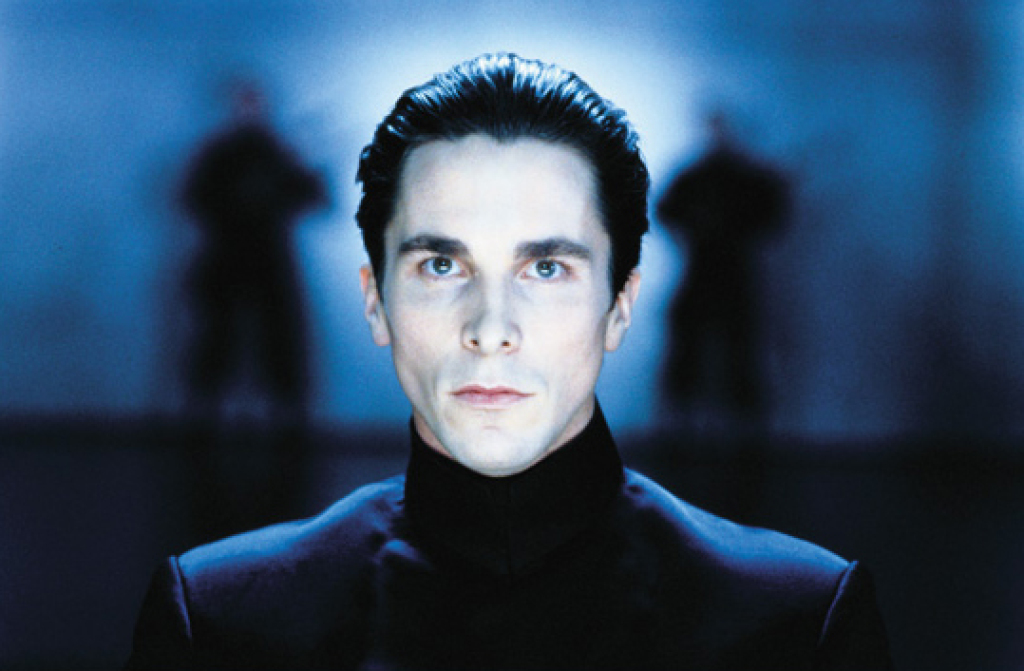
While the current cinematic world worships at the altar of “The Auteur,” the end credits of a film reveal and confirm that the vision of one can only be realized and produced by the hands of many.
Unlike other mediums such as art and the written word, which are often produced by a single hand or the hands of the few, literally thousands are often involved in the creation of a film.
If a film fails because it is fundamentally flawed due to a shoddy script, or a lack of overall vision or talent, it is obviously unfortunate but at least everyone else involved can be comforted by the knowledge that they did the best they could with what they had. What is truly frustrating for all involved, however, is when a film is underrated or even ignored upon initial release due to poor timing.
Indeed, “timing is everything” though it should be noted that everything, not just chronology, can be considered “timing.” A wide and diverse collection of circumstances, personalities, and components can often combine to unexpectedly and negatively impact a film’s success.
Intangible and unpredictable elements that defy planning, strategy, and financial resources can throw a film that might otherwise be a hit, off-stride, off-track, and off the list of Oscar nominees or box office winners.
When the stars align to doom a film and for reasons unknown its timing is just off, watching the end credits becomes a ritual, a type of condolence call on a creative endeavor you know is already forgotten (or panned) but which you hope one day will be remembered.
Below are ten films whose time has finally arrived.
10. The Secret Life of Walter Mitty
When Oscar bait raises the expectations
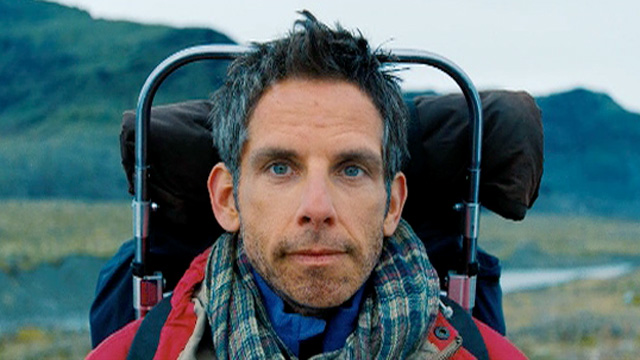
Forrest Gump will forever be relegated to film history infamy for beating both Pulp Fiction and The Shawshank Redemption for Best Picture in 1995. While it is not popular to give Forrest Gump any accolades whatsoever on the internet, people forget that upon its release it was a phenomenon.
The special effects were cutting edge, seamlessly interjecting Forrest into historical scenes, and “Run, Forrest! Ruuuuun!” and “Life is like a box of chocolates” were the pop-cultural catchphrases of the moment.
Almost two decades later, when Mitty was released at the height of Oscar bait season, December 25, 2013 and posters of Mitty were quoting Empire’s declaration that “In many ways, it’s the new Forrest Gump. Go with it…” the film was poised to become an Oscar sensation and cultural happening a la Forrest Gump.
The film was a quirky dark comedy that had too many product placements to be taken seriously as an Oscar worthy film and the expectations were unreasonable.
Though the deft use of music, combined with subtle acting and understated moments, as well as some zeitgeisty commentary on bullying make this a film worth watching, at the particular time of its release more was demanded of it than it could deliver.
9. Cloverfield
When people show up for a blockbuster but get a cult classic
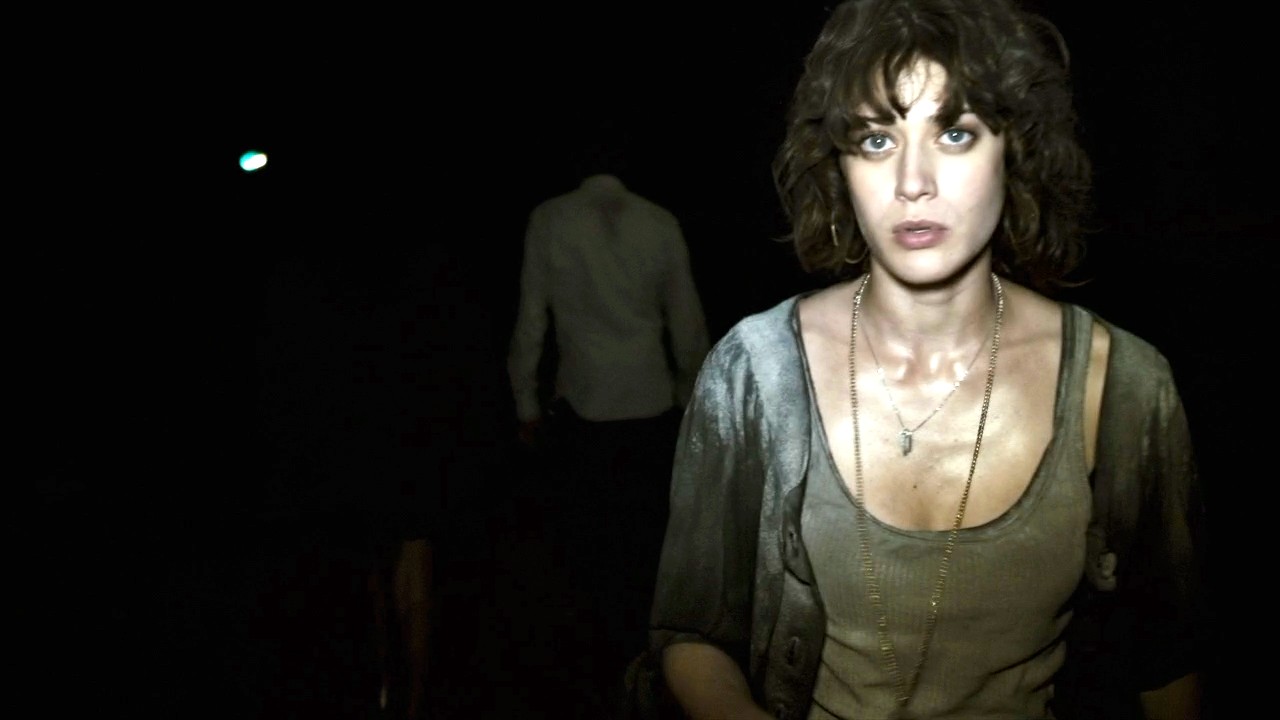
Cloverfield is one of the best movies about 9/11 ever made. Originally titled 1.18.08 to invoke the 9/11/01 subtext, this found footage film captures the experience of being suddenly attacked by what the film’s poster calls “Some Thing.” The monster as metaphor film represents the shock of a surprise onslaught upon a city that had no idea something was already lurking in its midst waiting to strike its unsuspecting population.
Perhaps the reason why Cloverfield was not an enormous hit upon its release was because of its association with producer J.J. Abrams. With his name soaking the advertising, the public was expecting a blockbuster (like the one he would later make with the Star Wars: The Force Awakens reboot).
The expectation was that Abrams was going to do for film with Cloverfield what he had done for TV with Alias and Lost: change the game. What was received, however, was a cult classic meditation on the American people’s worse tragedy in recent history.
Additionally, the film suffered from the “Monster Movie Effect” endorsed by the film’s misleading advertising. Many have lauded the genius of Steven Spielberg’s decision to tease the Jaws audience by not saturating the movie with the shark.
While this was done partially out of necessity-the shark robot was famously unreliable-it created a sense of dread that permeates the film. That being said, toward the end of the film the starved audience is fed a ton of shark.
Yet in Cloverfield, the viewers, believing throughout the movie that they were in fact watching a “Monster Movie” kept waiting for a monster to arrive that never quite did. While the glimpses of the monster are memorable, they are by no means epic.
Freed from the restraints imposed by the period in which it was made and the mistakes of its release, Cloverfield has rightly earned a following that sees it for what it is and forgives it for what it is not.
8. Interstellar
When proximity becomes a problem
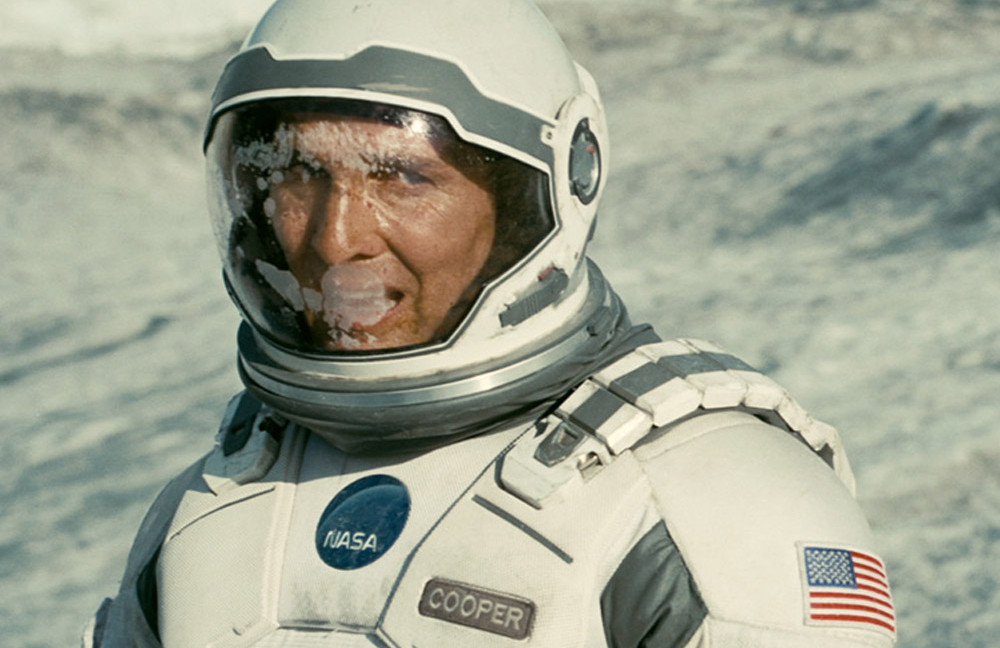
Gravity is a film with no gravity. Sandra Bullock and George Clooney were two of Hollywood’s most beloved actors at the time they starred in Gravity a film that is essentially about escaping a shipwreck that happens to occur in space. There is nothing at stake. It is an easy, beautifully shot film and when Interstellar was released about a year after Gravity, it couldn’t help but be compared to “the other space movie.”
Interstellar is not quite 2001 but it isn’t far off in terms of the questions it raises about time, space, humanity, and survival. It is a difficult film with some tragic and haunting scenes and many questions left unanswered. It is interesting that The Martian which is “the other other space movie” released one year after Interstellar was probably helped by Interstellar’s unbalanced reception.
The Martian is Gravity taking place on a planet instead of outer space and it follows many of the same plot points. Audiences that were put-off by Interstellar’s philosophical meandering and pacing were reset to enjoy The Martian, another breezy Sci-Fi survival film like Gravity.
If Interstellar were not in such close proximity to Gravity it is possible viewers might have seen beyond it being a “space movie” and viewed it as the director’s contemplation on the meaning of life.
A difficult meal to digest perhaps, but one audiences might have been more open to had they not been so conscious of the popcorn fumes still wafting in the air from the other, recent outer space epic.
7. The Village
When familiarity breeds contempt
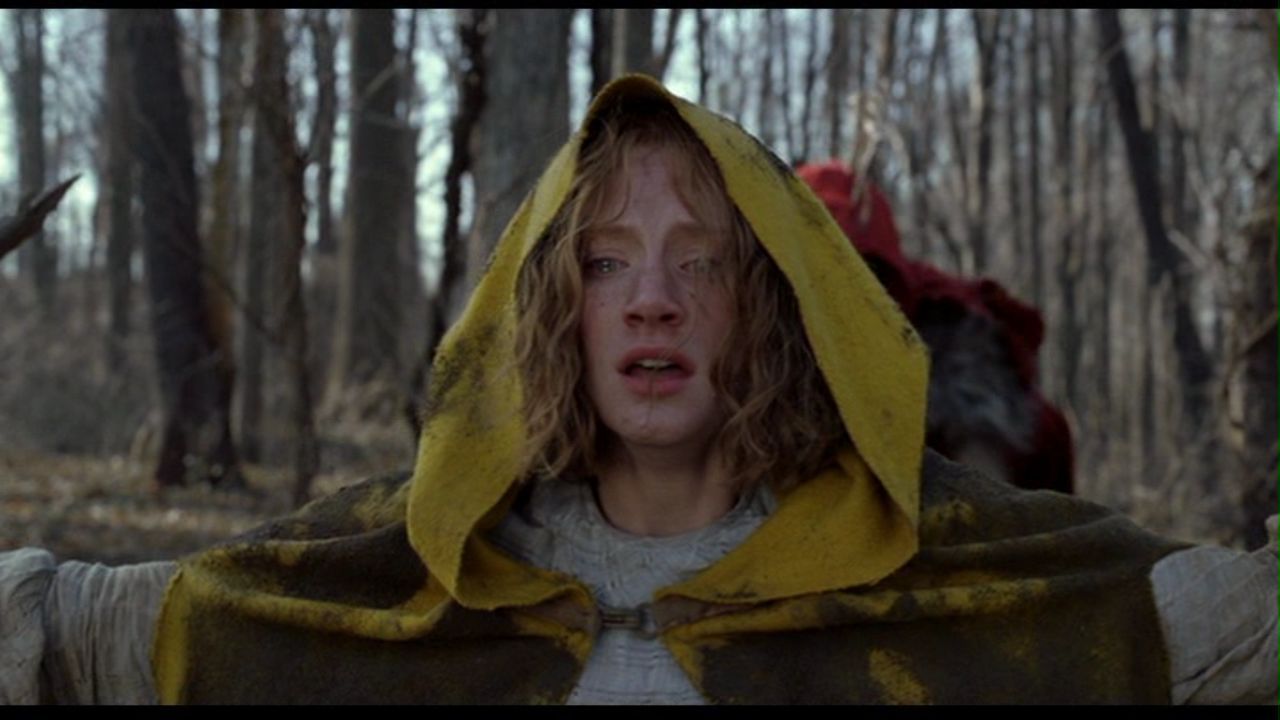
If The Village were released today it would no doubt be hailed as M. Night Shyamalan’s comeback. It has been more than a decade since The Village underachieved. For many people who have experienced the film for the first time in recent years, they view it as a solid film with a satisfying twist. At the time of its release, however, fans were expecting The Sixth Sense with monsters!
It didn’t help that the advertising of the film made it seem like The Village would be a creature feature, though this could’ve been overcome if not for the timing issue.
The Village was Shyamalan’s fourth film released between 1999 and 2004, following The Sixth Sense (1999), Unbreakable (2000), and Signs (2002). The Village is a good example of a film hurt by timing by a director being too prolific and not diversifying his talents.
Legions of fans went to The Village expecting the usual Shyamalan oeuvre: steady pacing, a few scares, uneven acting, Spielbergian sentimentality, and of course, the signature twist ending.
The Village was clearly a by-the-numbers Shyamalan film: a film that was just not as good as his previous efforts. Had he taken a little time off, shifted genres or even tones, or taken a page out of The Village and gone “away” for a while, this film would probably have been better appreciated in its time.
6. Edge of Tomorrow
When a movie star becomes a genre “star” on the wane
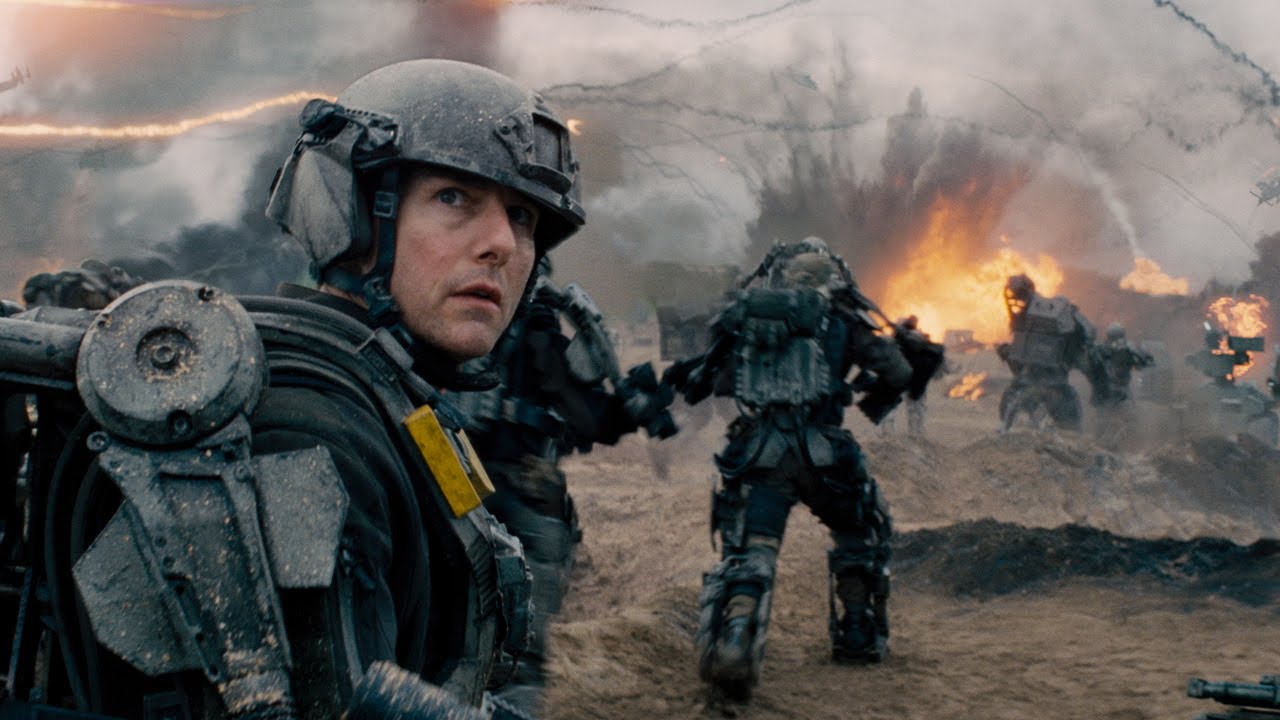
Much has been made of the fact that Edge of Tomorrow’s generic title was the cause of its failure to achieve blockbuster success. Yet, had it been called, “Live. Die. Repeat.: Edge of Tomorrow” as it is currently known, there is reason to think that it still would not have achieved blockbuster status because of its “star” Tom Cruise.
Different megastars have gone through various peaks and valleys during their careers. It is no secret that at the time of Edge of Tomorrow’s release in 2014, the days of Cruise balancing back and forth between Oscar films like Jerry Maguire and Magnolia were behind him.
The theatergoing audience still paid to see him in the Mission: Impossible franchise movies, but Cruise in a genre film was not a draw. Prior to Edge of Tomorrow, Cruise was in the mediocre Oblivion, which had a derivative look lifted from The Matrix and a plot reminiscent of an episode of The Twilight Zone.
Prior to Oblivion Cruise tried and failed to launch a new franchise with Jack Reacher and the perception was out there that the erstwhile megastar was trying to become a genre star in any genre that would have him.
Despite it all, Edge of Tomorrow limped its way to $100,000,000 U.S. box office and has gained new life in the home theater market as a must-see, modern Sci-Fi classic, albeit not as a must-see “Tom Cruise Movie.”